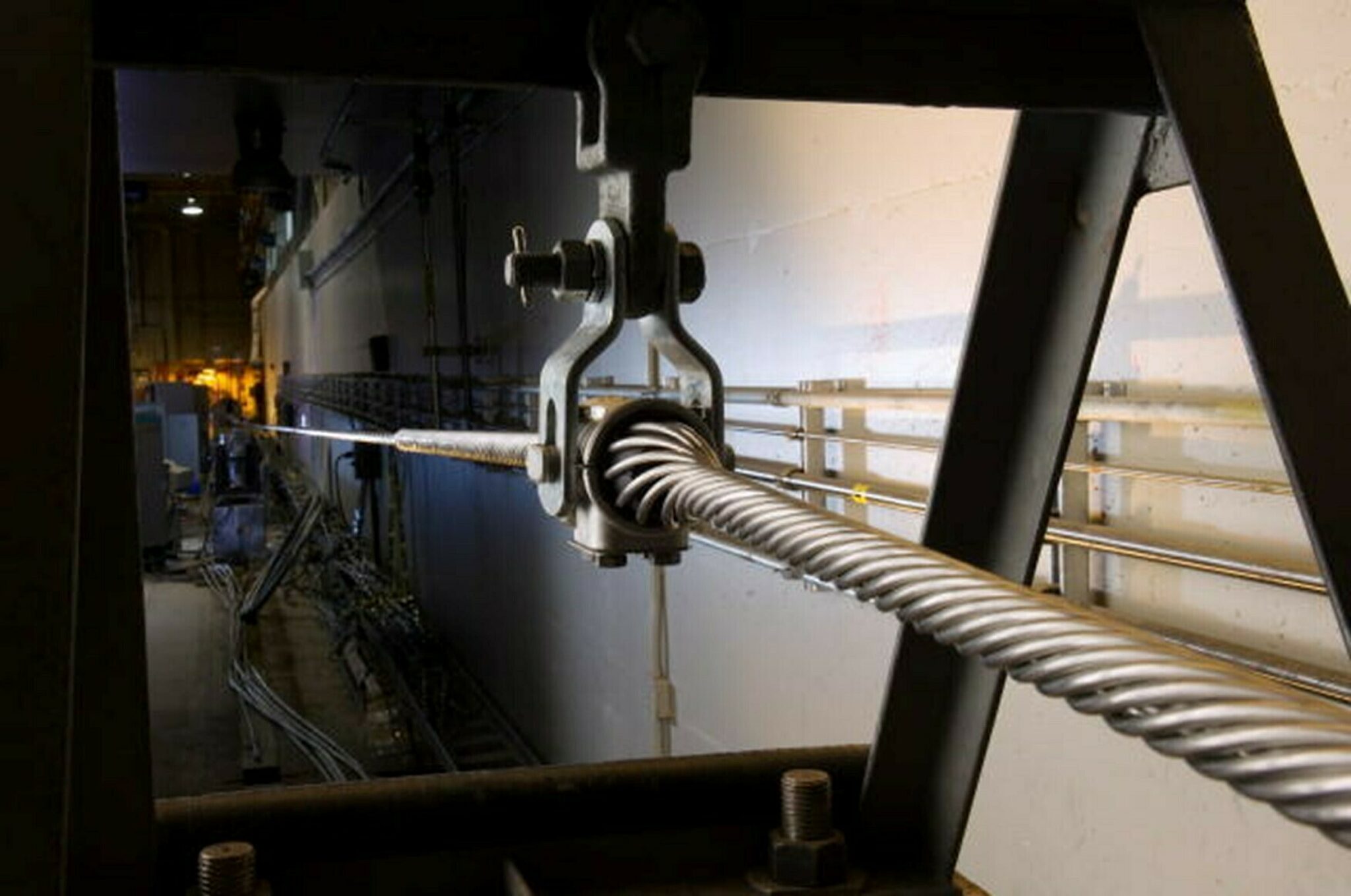Robotic vision supports automating manufacturing and quality control.
Robotic vision supports automating manufacturing and quality control.
Blog Article
The Duty of Optical Fiber Testing in Ensuring Top Quality and Effectiveness in Connection Solutions
In today's quickly developing electronic landscape, the relevance of optical fibre testing can not be overemphasized, as it works as a cornerstone for guaranteeing the quality and efficiency of connectivity solutions. By using a series of screening techniques, consisting of OTDR and loss evaluations, companies can proactively identify and reduce possible network concerns that may impede efficiency. Normal screening not only lines up with industry standards but likewise paves the way for boosted information transmission. As innovation continues to advance, the future of optical fiber screening presents interesting obstacles and opportunities that merit closer exam.
Relevance of Optical Fiber Testing
The significance of optical fiber testing can not be overstated in making sure the stability and efficiency of interaction networks. As the foundation of modern telecoms, optical fibers help with high-speed information transmission, making their dependability critical to functional success. Examining functions as a proactive measure to identify potential concerns such as signal loss, attenuation, and physical damages, which can endanger network efficiency.
Regular testing enables the confirmation of installation high quality and the detection of flaws that can affect data honesty - ofda. By utilizing rigorous screening procedures, network drivers can reduce the dangers linked with network failings, including downtime and monetary losses. Optical fibre testing ensures conformity with industry standards and laws, boosting the general top quality of service offered to end-users.
Inevitably, the organized evaluation of optical fibres contributes to the long life and effectiveness of interaction systems. It enables stakeholders to make educated decisions relating to maintenance, upgrades, and troubleshooting. In a landscape where data is significantly important, prioritizing optical fiber testing is important to sustaining durable and efficient connection options, thus supporting the needs of modern electronic environments.
Kinds Of Optical Fiber Tests
Various testing methods are used to ensure the functionality and dependability of optical fibers within interaction networks. These examinations can be extensively classified right into 2 major types: installation examinations and maintenance examinations.
Installation examinations are carried out promptly after the installation of optical fiber cable televisions to confirm their efficiency and integrity - fibre testing equipment. One of the most usual installment tests include Optical Time-Domain Reflectometry (OTDR) tests, which assess the high quality of the fiber by recognizing mistakes or breaks, and end-to-end loss tests, which gauge the overall optical loss from one end of the fibre to the other
Upkeep examinations, on the other hand, are performed occasionally to guarantee ongoing performance and find prospective concerns with time. These consist of aesthetic examination, which checks for physical damages or improper installations, and continuity tests, which validate that the signal can pass via the fibre without disruption.
In addition, advanced examinations such as Polarization Mode Diffusion (PMD) and Chromatic Dispersion (CD) tests can be carried out to evaluate the fibre's performance under different conditions. By utilizing these varied screening approaches, professionals can keep high standards of high quality and reliability in optical fibre networks.
Advantages of Normal Testing
Routine screening of optical fibers plays an essential role in keeping the total performance and integrity of interaction networks. By performing normal analyses, organizations can make sure that their fiber optic installations satisfy sector criteria and run effectively. This proactive approach helps to recognize potential weaknesses and degradation in time, allowing for prompt interventions before problems rise.

Cost-effectiveness is an additional benefit. By dealing with small concerns early, companies can prevent the high prices related to significant repair work or system failures. Routine screening also promotes conformity with regulative needs, ensuring that the network abides by required security and performance criteria.
Usual Concerns Determined
Identifying usual concerns in optical fiber networks is necessary for keeping optimum efficiency and integrity. Various factors can add to disturbances, consisting of physical damages, bad setup Check Out Your URL methods, and environmental impacts.
Physical damage, such as bends, breaks, or abrasions, can substantially break down signal high quality. Inappropriate installment strategies, including extreme tension or inadequate securing of cable televisions, may bring about increased attenuation and loss of connectivity. Additionally, ecological factors such as temperature level variations, wetness access, and rodent interference can endanger the stability of the fibre.
Port concerns likewise often emerge, with inappropriate alignment or contamination causing increased insertion loss. Additionally, splicing errors can introduce significant signal deterioration if not executed with precision.

Attending to these common issues via routine optical fiber testing not only boosts network dependability but also optimizes total efficiency, making certain that connection services stay robust and reliable.
Future Fads in Testing
As the need for high-speed connection remains to increase, the future of optical fiber testing will progressively focus on automation and progressed analytics. The assimilation of expert system (AI) and artificial intelligence (ML) in screening procedures will allow more efficient information analysis and anticipating maintenance, minimizing downtime and boosting overall network integrity. Automated testing services will streamline the examination and certification of fiber networks, decreasing article source human error and enhancing testing throughput.
Another considerable fad is the fostering of remote testing modern technologies. As the release of fiber networks broadens into remote and underserved locations, remote screening capacities will enable specialists to keep track of and detect network conditions without physical visibility, thereby minimizing functional expenses and improving reaction times.
Furthermore, there will certainly be a change in the direction of more thorough screening criteria that include not just typical loss dimensions however additionally efficiency metrics such as latency and transmission capacity utilization. This alternative strategy will certainly promote better network administration and optimization approaches.
As these trends develop, the optical fiber testing landscape will not only enhance the top quality and performance of connection remedies yet likewise sustain the growing intricacies of modern-day interaction networks.
Verdict
To conclude, optical fibre testing acts as an essential element in preserving the honesty and performance of communication networks. By systematically evaluating various criteria through established screening methods, potential problems are determined and rectified, guaranteeing ideal performance. The like this recurring dedication to normal testing not just enhances data transmission but additionally lines up with sector requirements, fostering reliability in network infrastructures. As technology progresses, the value of cutting-edge testing strategies will proceed to grow, further advancing connectivity remedies.
Report this page